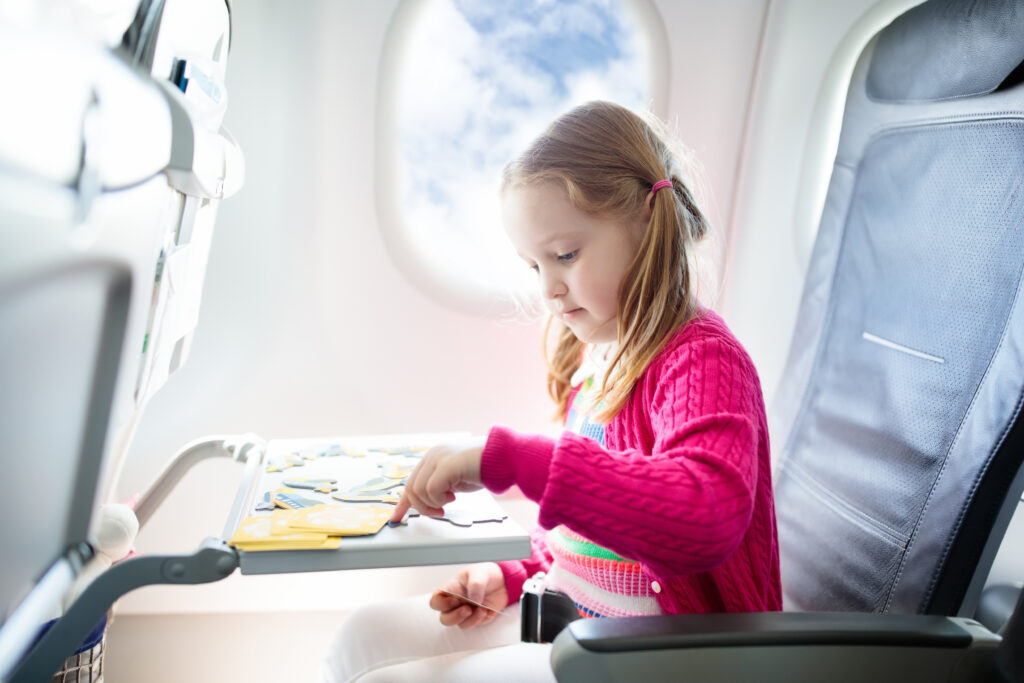
For many years, my bio ended with the sentence, “She is a proud parent of two kiddos who regularly test all of her youth development knowledge.” Now the parent of three, I still regularly find that the conversations I’m having in my professional life bleed into my parenting life.
When my oldest was about six and Denver Public Schools was focusing on personalized learning, I had great conversations with him about his learner profile. More recently, hearing from Mary Helen Immordino-Yang on the power and necessity of reflection and meaning making for adolescent brain development prompted a great conversation with he and my middle child why I regularly reflect with them (even though it’s so annoying).
Formal, Flexible, Free Choice
For a long time, people have talked about formal and informal learning. Yet others have raised question about the use of the term “informal”. Out-of-school time providers, community-based institutions, and even parents are very intentional in how they shape and craft learning experiences for young people. This work isn’t informal, rather it allows young people opportunities for greater flexibility and responsibility in their learning or allows them complete ability to navigate choices and completely shape their learning. Each builds unique skills.
“Formal” isn’t just sit and get lecturing, it is all learning guided by curriculum which is designed to help young people build specific academic and life skills. Both the destination and the map are clear and consistent.
“Flexible” allows young people to take more ownership of their learning content and journey. Think about a program where young people are supported by adults with parameters and structure, but able to create and do as part of a team (of youth and adults) shaping the experience within that structure. The destination is still tied to clear learning objectives and skill building, but the map there is more up for selection and design based on the young person’s own needs and interests.
“Free-Choice” is not the same as free-for-all (either in the literal sense of money or in the sense of chaos). Instead, think about places and opportunities where young people can access learning in any way they choose. They set the destination and they design the map.
We know formal, flexible, and free choice learning and the social, emotional, and cognitive skill development that comes along with each are interconnected and critical. Yet, we also know that access to them is not universal or equitable.
Now, back to the airplane.
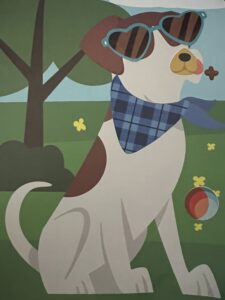 I pulled out a brand-new, shiny sticker book. The book had animals and the stickers allowed the two-year-old to create the faces and scene. For our first few animals I carefully peeled off the stickers my two-year-old selected off the sticker sheet. We talked about where the different parts of the animal’s face went or how they might want to play with their toys or food. I’d hand the sticker to her and point out where she could place them. While this might have just been my type-A shining through, I do think there was important formal learning underway. She was learning about face structure and about what types of toys different animals play with. She was also learning about organization and material management and had a chance to practice patience as she waited for stickers.
I pulled out a brand-new, shiny sticker book. The book had animals and the stickers allowed the two-year-old to create the faces and scene. For our first few animals I carefully peeled off the stickers my two-year-old selected off the sticker sheet. We talked about where the different parts of the animal’s face went or how they might want to play with their toys or food. I’d hand the sticker to her and point out where she could place them. While this might have just been my type-A shining through, I do think there was important formal learning underway. She was learning about face structure and about what types of toys different animals play with. She was also learning about organization and material management and had a chance to practice patience as she waited for stickers.
 A few pages in, our map for completing our activity evolved. My daughter pointed to the stickers, I peeled them off, but she had full ownership about where the stickers went. My hope is that in this more flexible experience, she applied the knowledge gained of where stickers would go. But she also had the opportunity to take ownership, to practice decision making, and demonstrated pride in the creatures she created.
A few pages in, our map for completing our activity evolved. My daughter pointed to the stickers, I peeled them off, but she had full ownership about where the stickers went. My hope is that in this more flexible experience, she applied the knowledge gained of where stickers would go. But she also had the opportunity to take ownership, to practice decision making, and demonstrated pride in the creatures she created.
 But the moment of pure joy came when she grabbed the sticker sheets right out of my hands, started pulling off any sticker she wanted and placing them wherever she wanted. This totally free-choice experience allowed her creativity to flourish. Her decision-making process expanded even further. She learned from her mistakes as she tried to move stickers after she’d already placed them.
But the moment of pure joy came when she grabbed the sticker sheets right out of my hands, started pulling off any sticker she wanted and placing them wherever she wanted. This totally free-choice experience allowed her creativity to flourish. Her decision-making process expanded even further. She learned from her mistakes as she tried to move stickers after she’d already placed them.
In that approximately 30 minutes of sticker play I could see the value that each style of learning had for my daughter. I could see the wheels turning in her mind during the activity and through its progression. I enjoyed observing the fun and joy she was having, and the different types of wonder and exploration she was discovering.
If all of that could be created in two plane seats with just a mom and toddler, imagine the potential if we extrapolate out. To all learners, all adults, and all settings.
People, Places, and Possibilities
In her March Youth Today column Karen talked about the importance of people, places, and possibilities. In this case I was the person, making the best of a place where we confined and spending time together, to create a possibility for learning and growth. In a learning ecosystem the combination of people, places, and possibilities are endless. And those combinations may steer more toward formal, flexible, or free-choice learning experiences. A teacher, in a classroom, might focus on possibilities that build academic content knowledge and critical thinking skills. A librarian, in a teen library, might leverage the free-choice environment to help young people build their skill in self identifying learning opportunities or building relationships. A teaching artist, in a YMCA, might create flexible experiences where young people can see the possibilities of their own creativity.
The interviews Margarida and I did this season on the podcast highlight this. In Portland, ME the adults we interviewed this season clearly have a shared sense of commitment to supporting young people. Each also focuses on and holds dear a slightly different purpose, set of values, or charge. No one alone would be enough.
So why are we talking about my two-year-old when we generally focus on youth and young adults? Because Antonia reminded me what the research has been saying. Learning in formal, flexible, and free choice settings is interconnected. The value of each is great. And like I did in that brief 30 minutes, in communities adults working with young people need to reflect on and plan for (both individually and together) how we ensure young people have opportunity and access to a full range of learning modalities and all the possibilities that lie ahead.
What learning opportunities can you create today with the time, space, and resources that are accessible to you? How can you match what you offer to the types of experiences young people most need in the moment?
And I encourage you to not just answer these questions alone. Join with other adults working in your community. And just as I did in the conversations with my kids about personalized learning, reflection, and meaning making, ask the young people in your life! With my two-year-old, her response helped me know what path to take the next time we’re on a plane and learning together. With my older kids our conversations have helped me identify their preferred learning styles so I can support them better and be their advocate as they learn and grow each day.
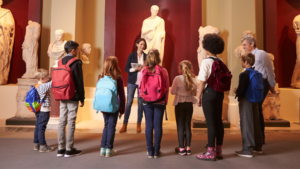
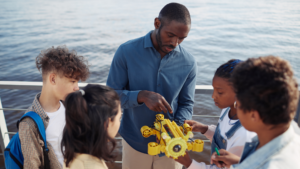
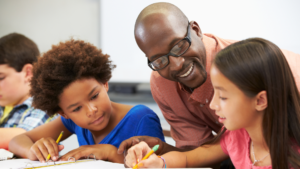
No comment yet, add your voice below!